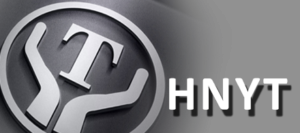What Are the Drawbacks of Using DC Motors in Xiangtan Mining Electric Locomotives?
What Are the Drawbacks of Using DC Motors in Xiangtan Mining Electric Locomotives?
DC motors in Xiangtan mining electric locomotives come with several limitations compared to their AC motor counterparts. One notable drawback is their relatively narrow speed range, which makes speed adjustment less precise and versatile. This can lead to reduced operational flexibility, particularly in applications that require varying speeds.
Another disadvantage is the reliance on brushes and commutators for direction switching. These components are prone to wear and tear, necessitating regular maintenance and replacement. This not only increases operational costs but can also lead to unexpected downtime if not properly managed.
DC motors are also typically larger and heavier than AC motors. This added bulk makes it challenging to design lighter and more compact electric locomotives, which can be a disadvantage in underground mining where space and weight are critical factors.
In terms of energy efficiency, DC motors tend to be less efficient at utilizing battery energy. This reduced efficiency can limit the locomotive’s operating range and require more frequent battery recharging, impacting overall productivity.
As technology has advanced, the mining industry has increasingly adopted AC variable frequency motors. These motors offer better speed control, higher efficiency, and reduced maintenance needs, gradually replacing DC motors in many mining applications. This shift highlights the limitations and challenges associated with continued reliance on DC motors.







